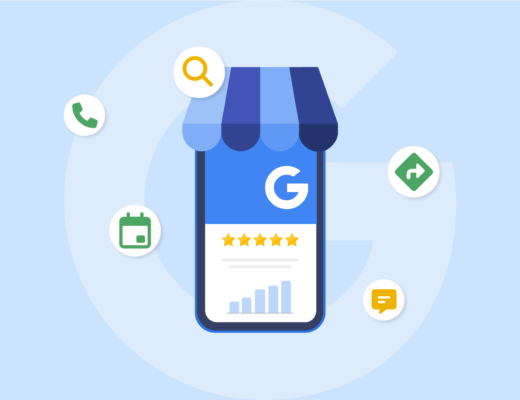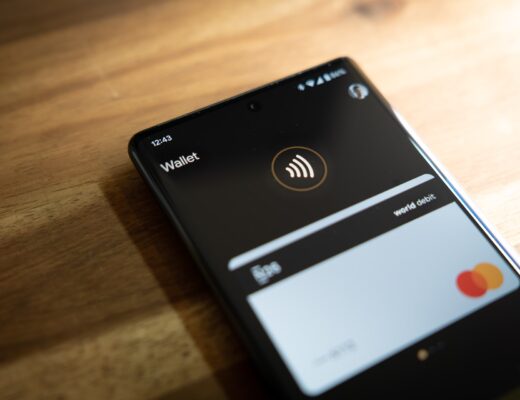Landing page: what to consider when developing a landing page
A landing page acts as a ‘catcher’ for website visitors. Its main goal is to convert a user into a lead and then convert them into a customer. When working on a landing page, it is important to ensure that it engages the visitor and encourages them to take the next step to purchase.
Landing page objectives
Every brand has different goals when creating a landing page. The main ones are:
– generating leads;
– collecting visitor data for use in marketing strategy;
– selling the company’s products or services;
– registering users for an event;
– distributing various digital materials, such as e-books.
It is also essential to clearly understand your target audience. For a landing page to deliver the right results, you need to understand your customer’s interests, needs, and pain points. You should also consider the website visitor’s behavioural characteristics and motivations.
The next step is to determine the target action. This should be clear and realistic. Otherwise, it will be extremely difficult to assess the site’s effectiveness.
Design features
Landing pages should attract visitors immediately, which means paying special attention to visuals. The design should feature:
– a harmonious colour palette that appeals to the target audience;
– the presence of high-quality images and graphics;
– legible fonts;
– design elements that correspond to the thematic content of the page and do not detract from the library’s overall perception.
In addition, the design should be consistent with the overall brand vision and accepted corporate colours and fonts.
Make sure your site is easy to navigate and use. The landing structure should be intuitive to the user. Otherwise, they will leave without studying the information. Everything should be logical, with primary information gradually leading the visitor to action without unnecessary pressure. This is possible through thoughtful content:
– the presence of visually separated blocks of information;
– text is separated by headings and subheadings to help the user understand the information;
– concise and clear text that conveys the main message to the reader;
– emphasis on different blocks of information, such as promotions.
This approach to text design will allow for a better perception of information and, at the same time, keep the attention of visitors.
It is also necessary to ensure the landing page receives the right traffic. You can do this by using various marketing tools, such as optimising the page for better search engine visibility. You can also use contextual advertising or email newsletters.
You should also regularly analyse the effectiveness of the page in order to improve it.










